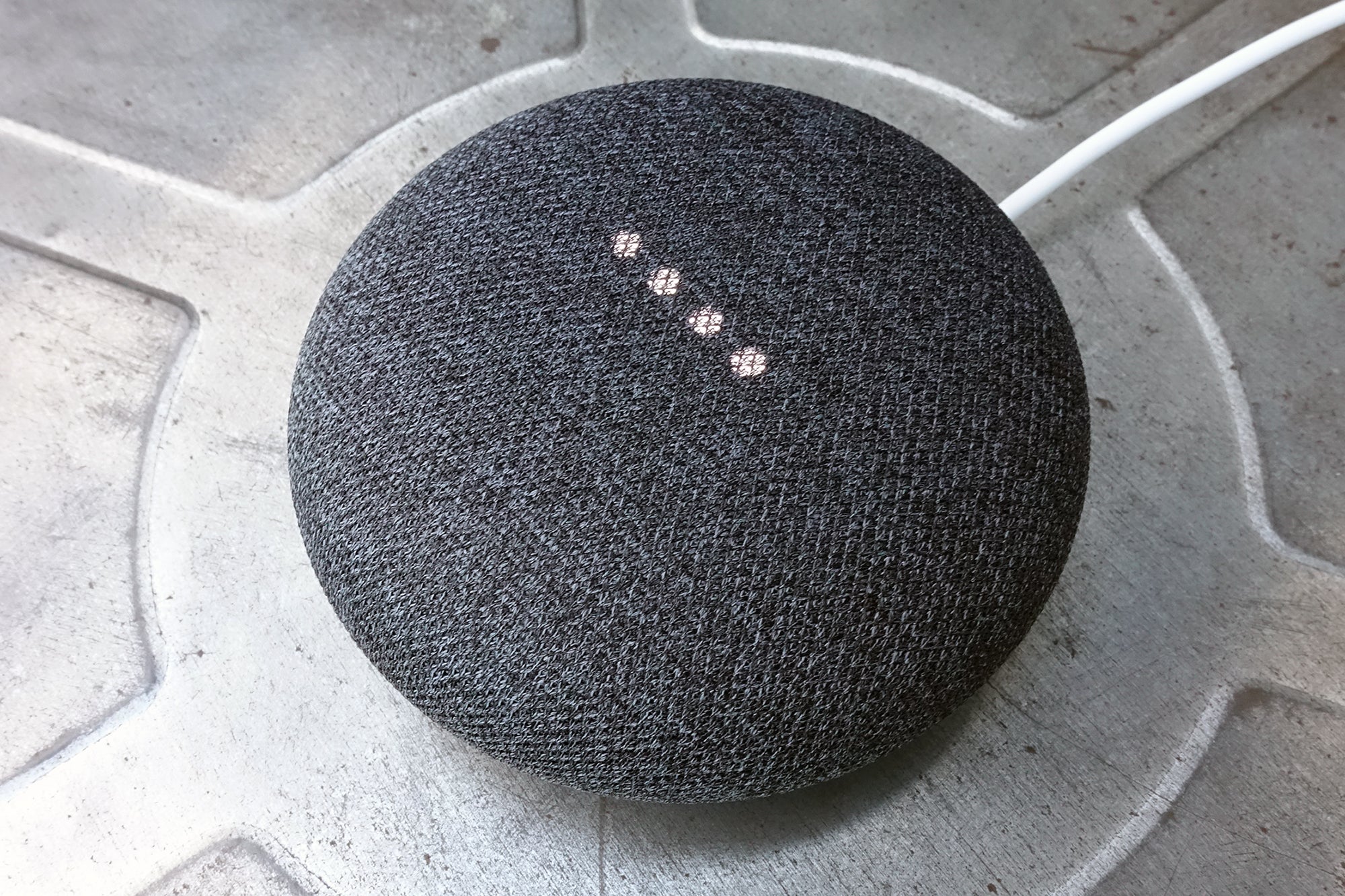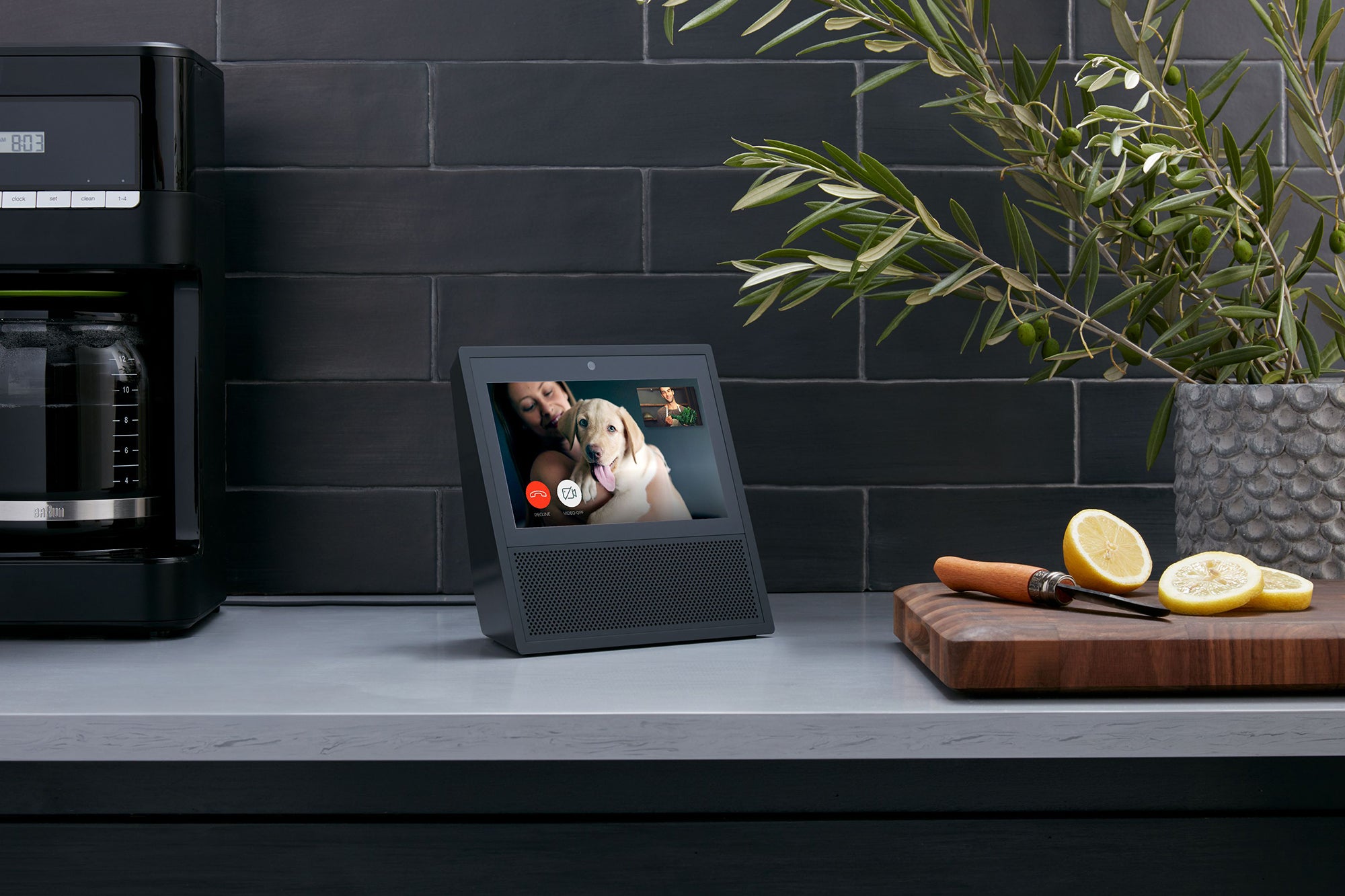What is Thread? Inside the protocol aiming to revamp smart homes
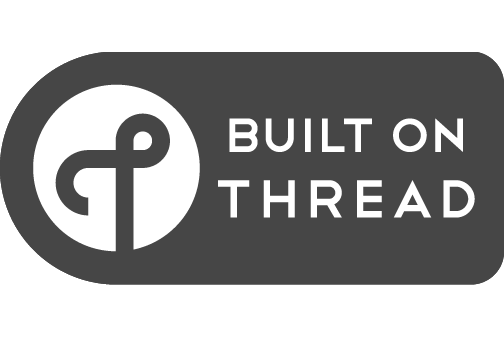
Smart homes have kind of grown organically, using a collection of different standards and controlling software to connect devices together.
Unsurprisingly, this has made life somewhat more complicated than it should be. That’s why Thread is coming to the fore, a new smart home protocol that’s built to make it easier to connect and control devices. Here’s what you need to know about it and why Thread is going to make your life easier in the very near future.
Direct connection
There are two main issues with smart home devices. The first is that many use protocols that are not really designed for use with smart home tech. Wi-Fi is the main one, but this protocol is designed for high data use, so it’s fine for laptops, phones and cameras, but it uses a relatively high amount of power and isn’t that reliable. Then, there’s Bluetooth, which is built for peripherals and headphones, but doesn’t have the range or reliability for smart home devices.
Of course, there are smart home protocols already, with Zigbee and Z-Wave two of the most important. Both are lower power and more efficient than Wi-Fi or Bluetooth, but they need a hub to act as a bridge between your main network and smart home devices. And, despite these protocols using standards, you can end up with multiple bridges.
For example, a SmartThings Hub will connect directly to Zigbee and Z-Wave; however, if you get a Ring Alarm (Z-Wave), you still need the Ring base station and, likewise, Philips Hue lights (Zigbee) still need the official Philips Hub.
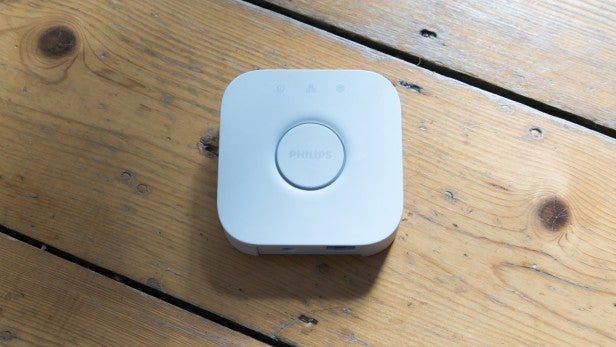
Thread wants to get away from this. At its heart, it’s a low-power mesh network, similar to Zigbee and Z-Wave but it runs IPv6, the protocol that powers the internet and computer networks. That makes Thread devices easier to connect to the internet, and it also means that Thread devices can communicate directly with each other, with up to 250 nodes supported per network. Better interaction between devices will make it easier to control smart home devices from different manufacturers without delay.
With most smart devices, communication takes place either through a hub or via the cloud. For example, if you set up an Amazon Alexa Routine to turn off your Sonos player when your Hue motion detector stops picking up movement, this is all handheld through the cloud, which can add a delay and some complexity.
With Thread, it’s technically possible for a motion sensor to talk to and directly control a music player. This is not only more reliable but it’s also a faster and more responsive way of taking control.
Thread also uses 6LoWPAN (IPv6 over Low-Power Wireless Personal Area Networks), which is a fancy way of saying that it uses the minimum amount of power: battery-powered devices should last for years before you have to change the cells.
Self-healing
Thread uses a mesh network. While Z-Wave and Zigbee have a degree of resilience, they’re not infallible and have a single point of failure: the hub. Thread is built to be different.
Its mesh network is self-healing, which means that it will automatically get reconfigured even if a device is removed or fails. In a Thread mesh network, you can have up to 32 active routers, which direct signals to and from end devices. The failure of any router doesn’t matter, as the network reconfigures automatically using other routers.
The first router to join the network becomes the Leader, which is responsible for network management tasks. If that device fails, then another router is promoted to become the leader, saving the network.
Border routers
While devices on the Thread network can communicate with each other, to talk to the outside world, you need a Thread Border Router. This acts as a bridge between the Thread world and your normal network and internet connection. In a way, Border Router’s are similar to hubs in the existing smart home world, only they’re not devices dedicated to this job and are simple and cheap to build.
For example, both the Apple TV 4K (the latest version) and the Apple HomePod Mini are Thread Border Routers. With either of these devices in your home, you can have a Thread network that allows you remote control of compatible devices.
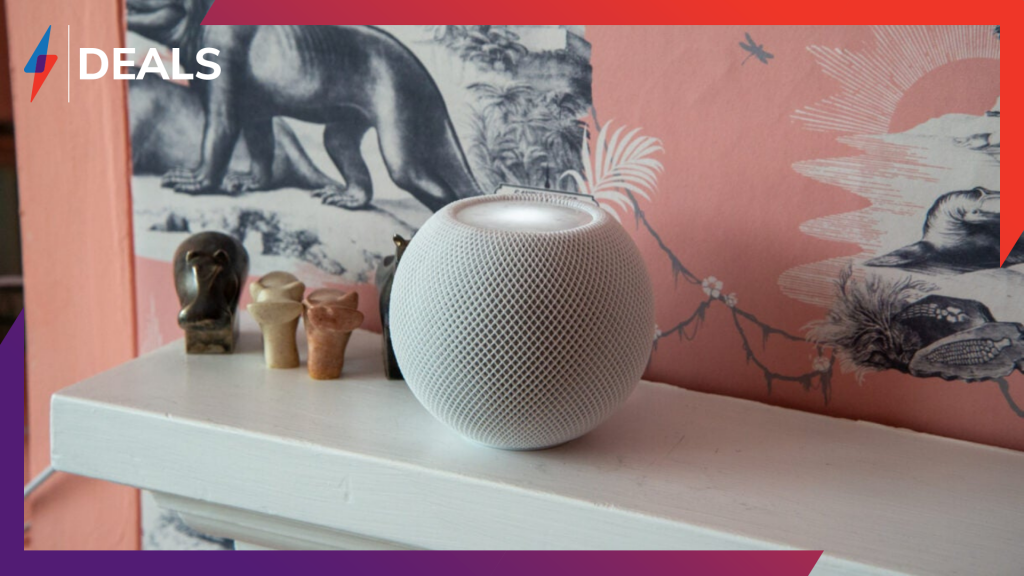
Nanoleaf has enabled its devices to be Thread Border Routers, and the Eero 6 mesh system can also act as a Thread border router. Cleverly, Thread devices can auto-discover border routers and connect to them automatically; if there’s not one available, they can fall back to a different connection type. For example, if the Eve Energy smart plug can’t find a Thread Border Router, will we default to using Bluetooth.
Importantly, Border Routers aren’t device-specific, so any Thread device can communicate through one. With Thread, it should mean an end to multiple hubs, which has to be good news.
How does Thread work with Matter?
You may have heard of another smart home protocol called Matter, which is also supposed to make life easier. So, how does this fit in with Thread? Well, Thread is the network that devices run on, while Matter is a connection protocol aimed at improving device interoperability.
Matter is built to make devices easier to install and easier to control. Technically speaking, any Matter device should be able to talk to any other device. This is a big move, as means that devices should work on multiple platforms, so you won’t have to worry so much about whether the device you’re buying works on HomeKit or with Alexa: they should all work on everything.
Matter can be retroactively applied to existing smart devices. Indeed, Google has said that it is updating the latest Nest Thermostat to work with Matter, so it can be controlled with other Matter-certified platforms.
With Apple, Amazon, Google and SmartThings, as well as others, on board with Matter, we could see the end of walled gardens, and you may be able to control your Nest Thermostat from Siri for the first time.
Thread will make life easier
As the primary reviewer of smart home devices on Trusted Reviews, I know how painful it can be to get everything set up and connected reliably. And, even when I do get things running, I have a cupboard full of hubs. Thread promises to make life better and, from my early interactions with it, Thread devices are easier to setup and don’t need the hubs, connecting through the types of devices we’re all likely to have, such as mesh satellites and speakers. As more Thread devices become available and Matter roles out, we could finally see the smart home getting better and easier to control.



